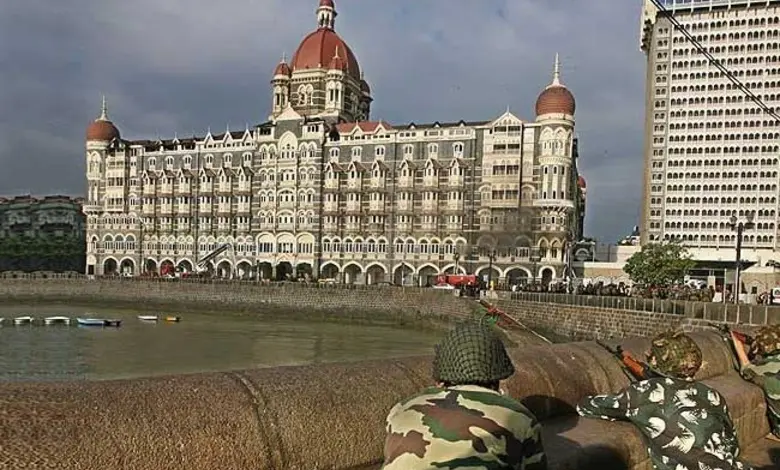17 Years On, Mumbai Honors the Unforgettable 26/11 Attack

MUMBAI — Seventeen years after the Lashkar-e-Taiba (LeT) unleashed a meticulously orchestrated wave of terror on India’s financial capital, the wounds of the November 26, 2008, attacks remain etched into the city’s collective memory. Ten heavily armed militants, dispatched from Pakistan and infiltrating Mumbai by sea under the cover of darkness, fanned out across the bustling heart of the metropolis, striking with ruthless precision at symbols of vibrancy and international allure.
Their targets read like a grim ledger of urban life: the opulent Taj Mahal Palace and Tower and the Trident-Oberoi hotels, where elite guests dined amid luxury; the chaotic Chhatrapati Shivaji Maharaj Terminus railway station, teeming with commuters; the bustling Leopold Cafe, a backpacker haven scarred by bullet holes to this day; the nearby Metro Cinema; the Nariman House Jewish outreach center, a site of harrowing hostage drama; and even the Cama Hospital, where medical staff became unintended victims. These locations, scouted in advance for their high footfall of foreign visitors and local workers, became killing grounds over the ensuing four days, leaving 166 dead and more than 300 wounded in a frenzy of gunfire, grenades, and hostage-taking.
The attackers, trained and directed by LeT handlers, operated in coordinated pairs, their assault a calculated bid to sow maximum chaos and fear. Nine of the assailants fell to security forces in intense firefights, but not before claiming countless lives. The sole survivor, Pakistani national Ajmal Kasab, was apprehended in a dramatic roadside skirmish at Girgaum Chowpatty. Assistant Sub-Inspector Tukaram Omble, who lost his life grappling with the gunman bare-handed to protect his colleagues, stands immortalized in a bust nearby—a poignant emblem of sacrifice amid the savagery.
Kasab’s capture yielded chilling confessions, leading to his conviction and execution by hanging in a Pune high-security jail in November 2012, two years after a special court sentenced him to death. Yet the plot’s architects lingered in the shadows. Among them was Tahawwur Rana, a key figure in the conspiracy. In a development underscoring the probe’s persistence, India’s National Investigation Agency (NIA) in October sought updated intelligence from the United States via the Mutual Legal Assistance Treaty (MLAT), following Rana’s extradition and interrogation.
As the anniversary dawned, Mumbai paused in solemn reflection. At the iconic Gateway of India, the National Security Guard’s (NSG) Mumbai unit hosted a poignant ‘Neverever’ memorial ceremony—a pledge against recurrence, blending grief with resolve. A dedicated exhibit showcased portraits and names of the fallen heroes and civilians, encircled by floral wreaths and flickering candles. The ‘Living Memorial’ initiative, crafted from the wax of these tributes, promises enduring symbolism for future remembrances.
ALSO READ : 26/11 attack : Leaders Honor 26/11 Heroes Amid Echoes of Unyielding Courage
Across the city, 11 colleges and 26 schools mobilized students for oath-taking events under the same theme, instilling values of peace, alertness, and safeguarding the nation. As dusk settled, the Gateway glowed in the hues of the Indian tricolour, the word ‘Neverever’ projected in luminous defiance—a beacon against the encroaching night.
The attacks’ echoes persist in bullet-pocked walls at Leopold and Nariman House, and in the haunted gazes of survivors and bereaved kin. They serve as stark reminders of vulnerabilities exposed, bolstering India’s zero-tolerance stance on terrorism amid recent threats, such as the November 10 Delhi blast. In this ritual of remembrance, Mumbai reaffirms not just loss, but an unyielding vow: such darkness shall not descend again.




